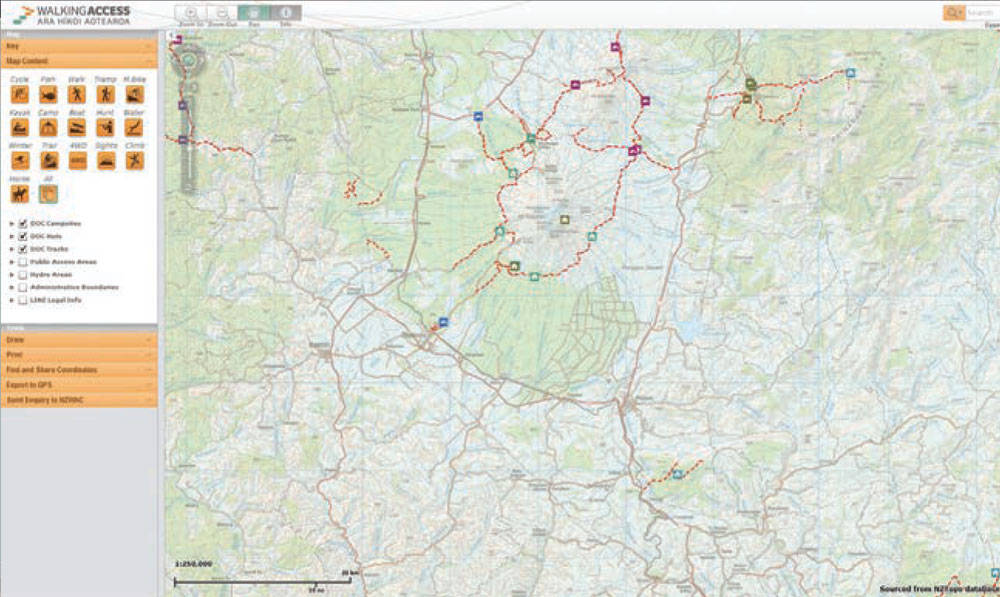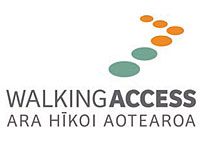The GBS solution
Harley Prowse explains the various components that make up the Walking Access Mapping System.
“For version one, we put Esri ArcGIS Server under the hood – this serves the maps and provides the clever geospatial functionality. Then there is a SQL Server data base in behind the scenes, while at the front end you’re seeing and Adobe Flash application. For the new version, we’re using the same components, but with updated versions of Esri ArcGIS and Flash. We’re also launching a JavaScript-based mobile version, so the Walking Access Mapping System will be smartphone-friendly – great when you’re actually in the outdoors.”
The biggest difference between the old and the new is the ability for approved partners to contribute images and information. Ric Cullinane, Operations Manager at the Commission, is excited by the prospect. “We’re currently negotiating with information providers, such as the Department of Conservation (DOC) and recreational groups, to add significantly more detail to the mapping system. Approved partners are able to upload data onto the site, creating ‘recreational points of interest’. And it remains their data, which means management and updates are their responsibility.”
So if you’re contemplating a fishing expedition on the Rangitikei River, the Walking Access Mapping System has the potential to pinpoint all the things you need – campsites, huts, fishing spots, cycling tracks, walking tracks, historic places of interest and more. If you’re within mobile range, you can access all this data through your smartphone. The look and feel of the mapping system has also been upgraded with the new version. The map occupies more of the screen and the side bar can slide away with a click.
There’s also a handy set of drawing tools, so that you can plan an excursion complete with way points and text comments. Plus users can export GPS information into any GBS-enabled device, to guide them during their expedition. From a tourism perspective, both domestic and international, the Walking Access Mapping System broadens the horizon for adventure. The mapping system also gives users the facility to make enquiries direct to the Commission about access or report problems.
“Users can draw lines on the map, annotate, attach photos and even copy newspaper reports, then send them all to us. We’ll take up the case and keep them informed”, said Cullinane.



